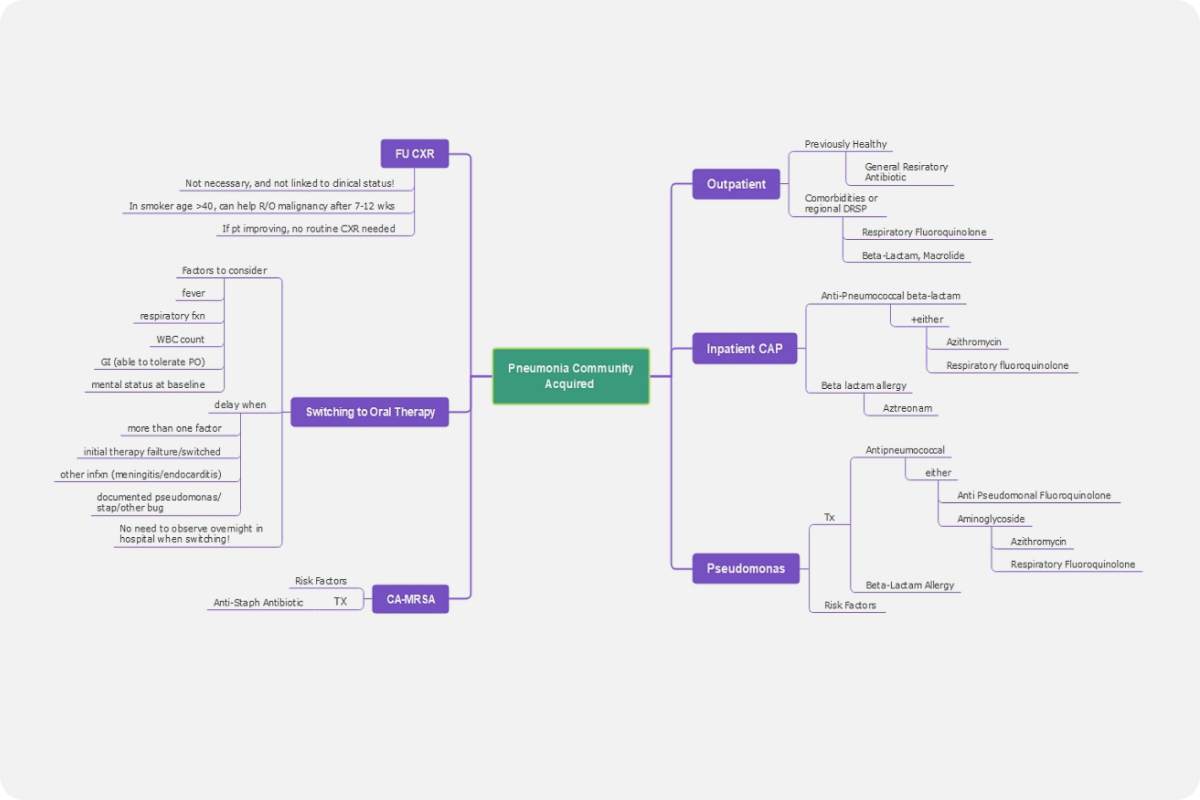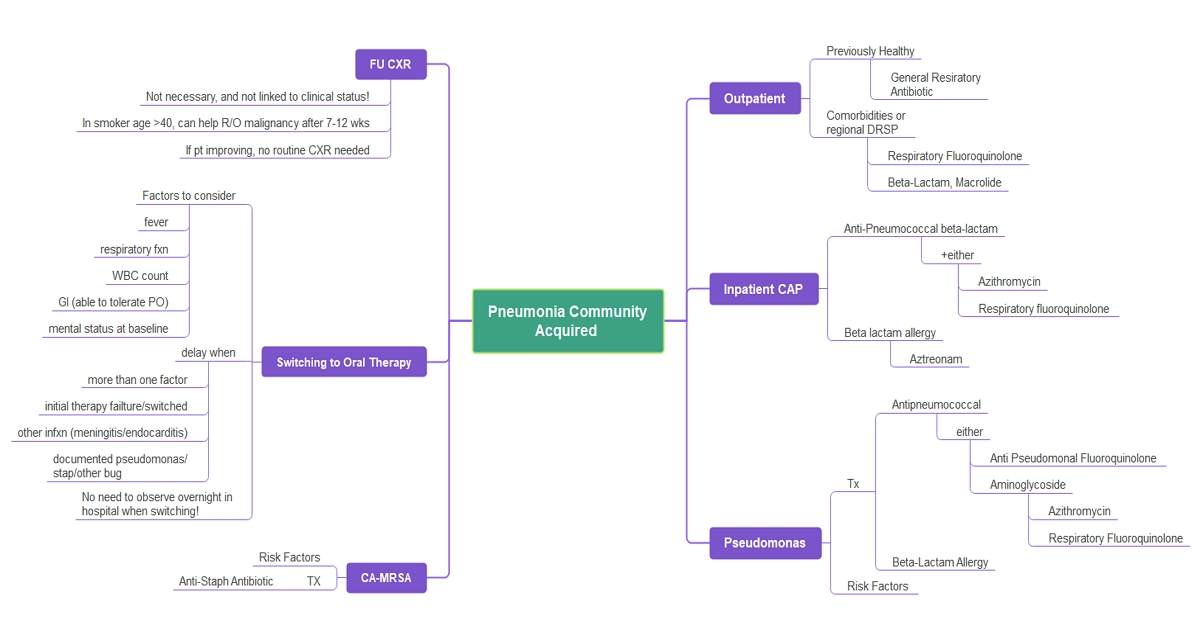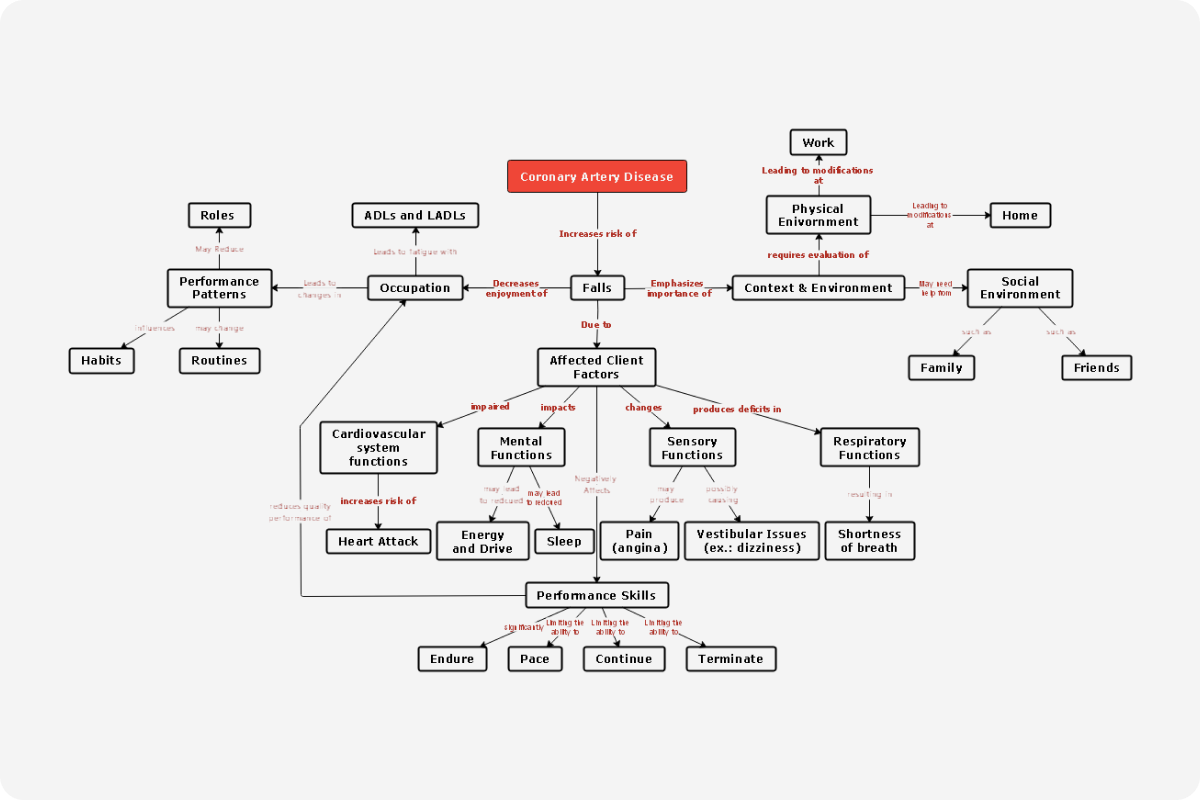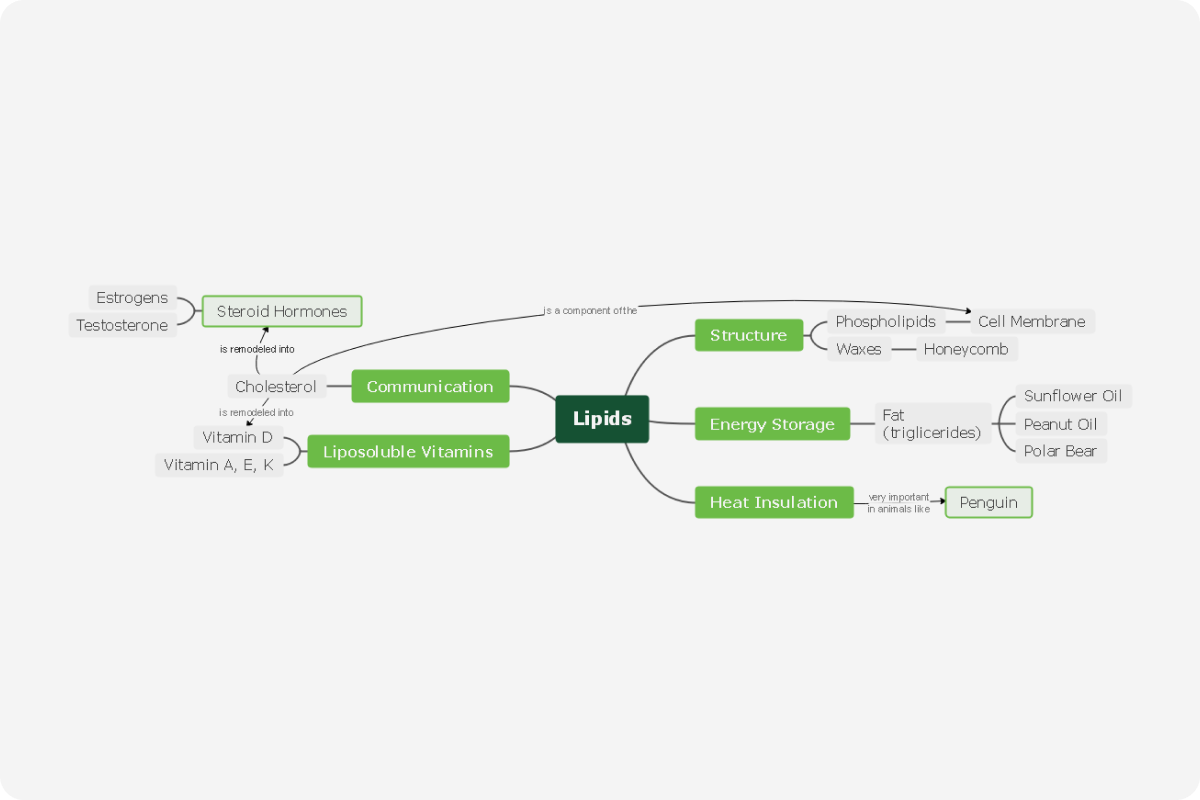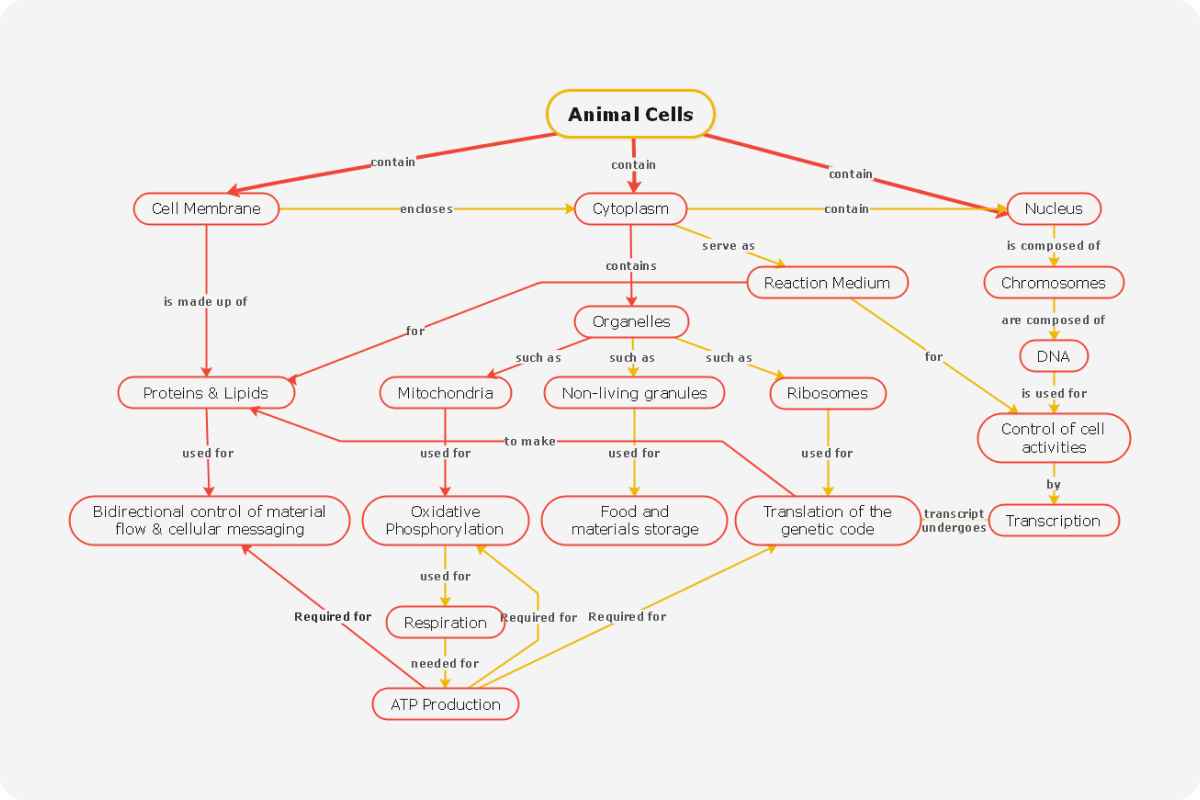What is pneumonia?
Pneumonia is the leading cause of death in children all around the world. According to WHO (World Health Organization) Pneumonia accounts for 14% of all deaths of children under 5 years old, killing 740 180 children in 2019. Pneumonia is a lung infection brought on by a viral infection. When a fit person breathes, little air sacs known as alveoli fill up in the lungs. The alveoli get blocked with mucus and fluid when a person has pneumonia, rendering respiration harder and reducing oxygen levels.
Pneumonia affects children and families throughout the world, but Asia and Africa have the highest fatality rates. Pneumonia in children may be avoided with simple therapies, and it can be controlled quickly and affordably.
Causes of pneumonia
Viruses, bacteria, and fungi can all cause pneumonia. In the United States, influenza, respiratory syncytial virus, and COVID are the most frequent cause of viral pneumonia. Streptococcus pneumonia is a prevalent cause of bacterial pneumonia (pneumococcus). On the other hand, doctors aren't always able to pinpoint which bacteria caused a patient's pneumonia.
- Streptococcus pneumonia is the most common cause of bacterial pneumonia in children, followed by Hemophilic influenza type b as the second most common cause (Hib).
- Respiratory syncytial virus (RSV) is the most common cause of pneumonia.
- Pneumocystis jiroveci is among the most common causes of pneumonia in HIV-positive neonates, accounting for approximately a quarter of all pneumonia deaths.
Stages of pneumonia
Pneumonia is categorized according to the part of the lungs it affects. Bronchial pneumonia, also known as bronchopneumonia, is a lung disease affecting both lungs. Lobar pneumonia is a kind of pneumonia that affects one or more lobes (or regions) of the lungs and is classified into four phases based on how it develops. There are four stages of pneumonia, that are described below:
Stage 1: Congestion During the congestion phase, the lungs become very heavy and blocked as infected fluid accumulates in the air sacs. Coughing, a heaviness in the chest is a typical symptom. Appetite loss, weariness, and fast breathing are among the symptoms that your senior loved one may experience during this stage.
Stage 2: Red Hepatization This stage follows congestion by two or three days. The lungs, like the liver, will be crimson, solid, and airless at this time. Blood will be engorged in alveolar capillaries, allowing vascular congestion to continue. The alveoli will include many erythrocytes, neutrophils, desquamated epithelial cells, and fibrin during the red hepatization stage.
Stage 3: Gray Hepatization During this stage, red blood cells dissolve, leaving the lungs with a grey color. Additionally, due to red cell disintegration, your lungs may appear paler and very dry compared to before. Fibrin exudate will continue to be present at this point. Immune cells, on either hand, are still there, and symptoms will most likely persist.
Stage 4: Resolution The resolution is known as full recovery when exudate undergoes progressive enzymatic digestion. This results in debris formation, macrophages that reabsorb it, digest it or are rebuilt by fibroblasts.
Tips for prevention
Pneumonia prevention in children is a critical component of a child mortality reduction approach. The best method to avoid pneumonia is to get vaccinated. The importance of a good diet in children's natural defenses cannot be overstated. Furthermore, it is useful in avoiding pneumonia.
The number of children who contract pneumonia is reduced by addressing environmental issues such as indoor air pollution and encouraging good cleanliness in crowded homes.
Pneumonia concept map examples
Example 1
Following is the Pneumonia concept map for a better understanding of Pneumonia. Concept maps help in visualizing and learning the concepts of what pneumonia is and its phases, stages, causes and prevention. Concept maps can help summarize the extensive knowledge of books into concise form with simple keywords and help retain a lot of information in a short amount of time. With visual cues and clear facts, learning becomes easy and effective. The pneumonia concept map is used by not only students but teachers too. Because it can help them to achieve their objective of teaching and not leaving any important facts.
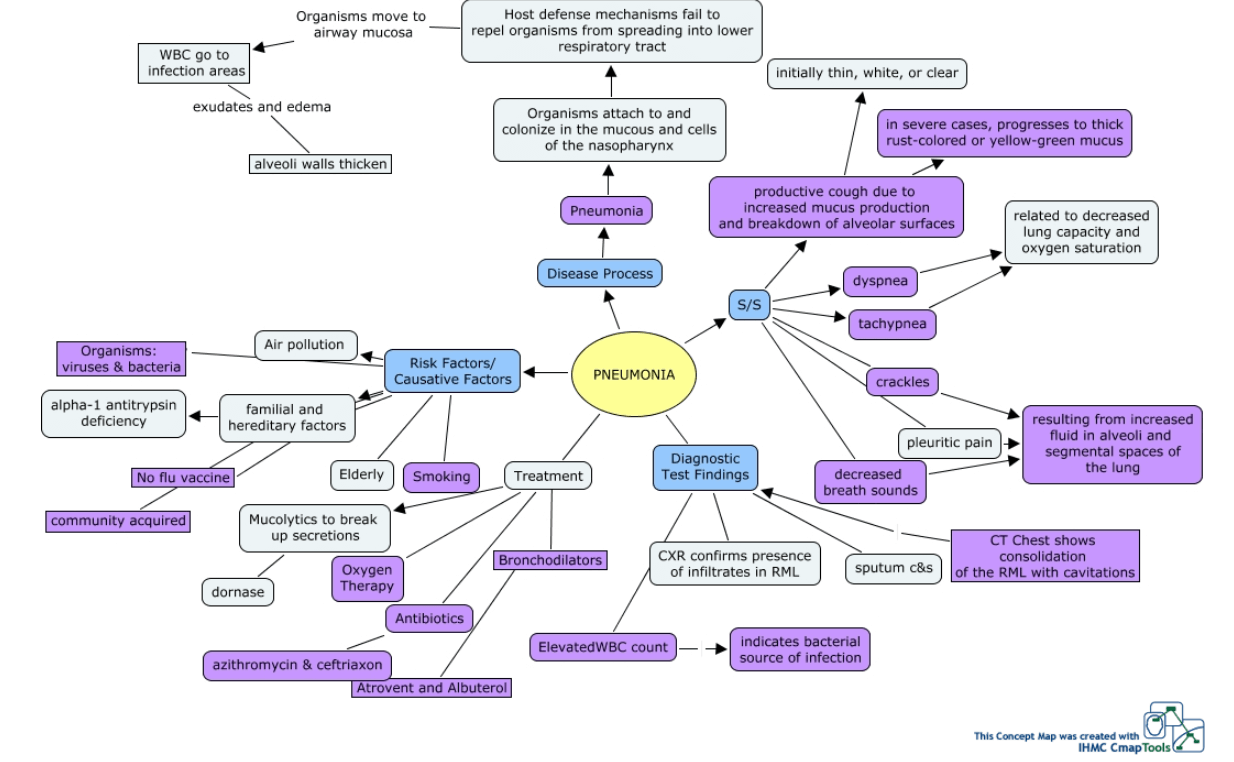
Source: ihmc.us
Example 2
Following is another Pneumonia concept map example where things are divided into different categories. This example provides a clean look to the concept map and does not make things look jumbled up and messy. Learning with concept maps is always a good way to learn and save time.
